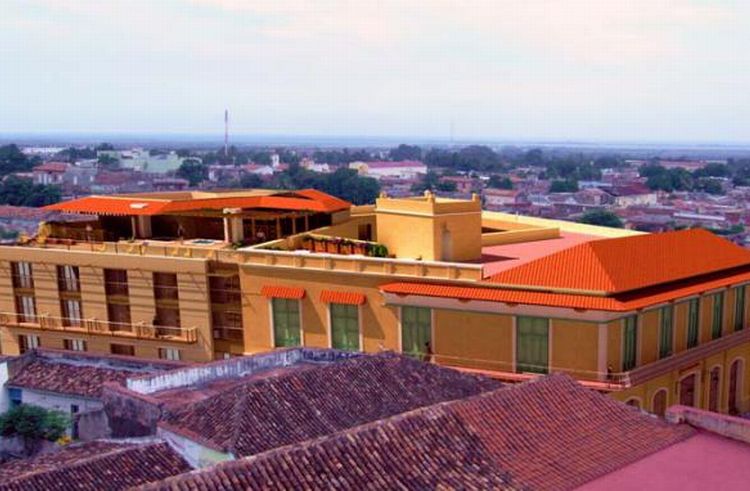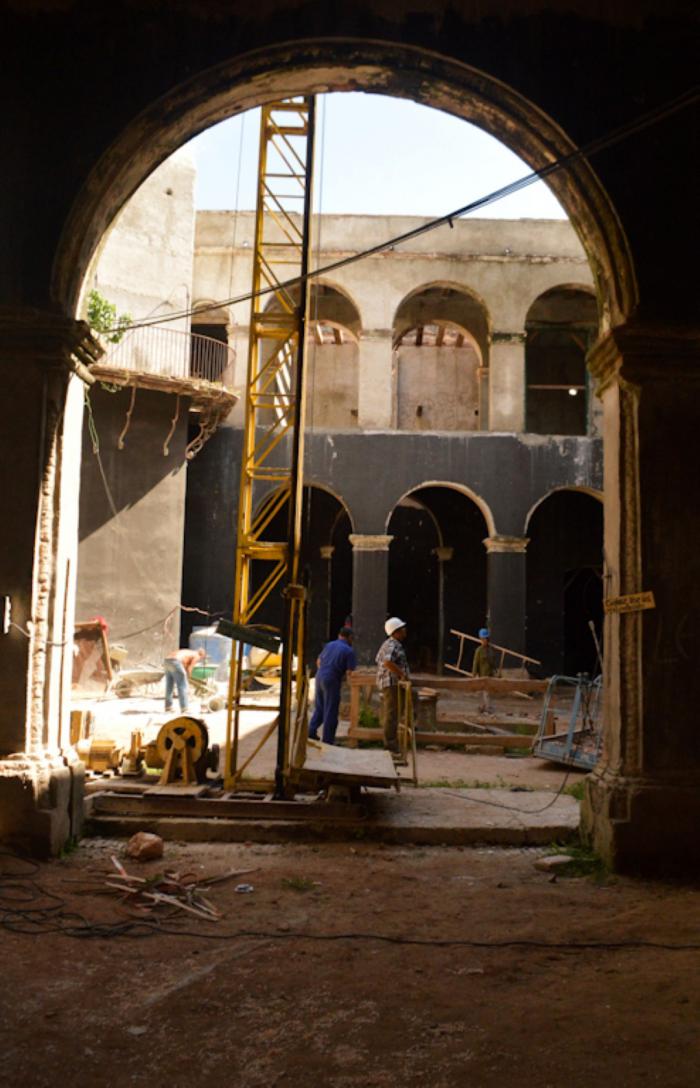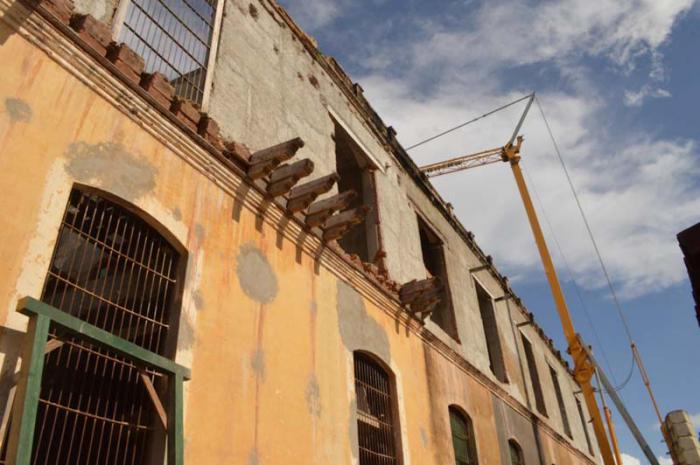 A colonial palace abandoned nearly two decades ago in the historic area of Trinidad will soon be changed into a five-star hotel
A colonial palace abandoned nearly two decades ago in the historic area of Trinidad will soon be changed into a five-star hotel
Engineer Pedro Sicilia, from the Construction and Assembly Company of Sancti Spiritus, claims to have a record that hardly anyone can steal away from him. He has in four different constructive actions in the paradigmatic Iznaga Palace of Trinidad.
Sancti Spiritus Invests Millions in Tourism
Sicilia’s record confirms, on the one hand, the state of uncertainty that has haunted the house in the past two decades and, on the other, the obstinacy of local residents to save one of the most seductive of the buildings that make up the architectural landscape of the city.
The house was abandoned at the end of the XX century by its last owners, descendants of the Iznaga family. Even at that time, despite its deterioration, the mansion looked like a work conceived for life.
Built after the year 1814 by order of wealthy aristocrat Don Pedro José Iznaga Borrell, the mansion on Desengaño Street, between Gloria and Media Luna —just 100 meters away from Plaza Mayor de Trinidad— witnessed the opulence unleashed by the sugar boom of the nineteenth, and also the crisis and subsequent fracture that swept away the lineage of the local sacarocracia (Cuban sugar aristocracy).
Architecture scholar Joaquín Weiss, one of the many who were dazzled with the palace, gave an almost cinematographic description of the house in his book La arquitectura colonial cubana (Cuban colonial architecture): “When Iznaga widow, María Mayer, lived in the house —he wrote—, the vastness and majesty of the chambers, appraised by their antique furniture, looked as if time had been stopped and some of the yesteryear life had found refuge in there”.
Rescuing the atmosphere of peace in a climate of respect for the colonial environment was the philosophy proclaimed by the specialists when they took on the daring project of remodelling the dwelling, turning it into a five-star luxury hotel and building a new and more contemporary structure next to it, that allows for the expansion of the accommodation capacity.
Because of its historic and architectural values, the building was included in a class I protection zone. This decision obviously divided opinions between those who held the relevance of maintaining the house without ostensible modifications, and those who advocated a peaceful coexistence between tradition and modernity. In the end, the latter prevailed.
For Dr. Alicia Garcia Santana, expert on architectural heritage, the palace was one of the first to use flown eaves, which were later on expanded to the central region; iron bars for the protection of windows and balconies; as well as fan shutters to protect the gallery-dining room from the effects of the weather.
For Susana Díaz, then specialist of the Company for Architectural and Engineering Projects of Havana (Eprob), her participation in the rescue of the mansion was a fascinating experience. She had to travel to Trinidad, retraced the cobbled streets and search in the history of many of the local buildings.
“We identified the elements that needed to be restored, but first we had to visit other houses built during the same period of time so as to determine the architectural features that were missing in the Iznaga Palace”, said the expert.
Those studies, as well as the continuous exchange with the Office of the Curator of the City of Trinidad and the Valley of the Sugar Mills, led to ideas and recommendations still under discussion.
According to the architect and investment specialist, José Pablo Niebla, “the idea was controversial, but a solution was found that is able to integrate the new building to the context, taking into account the characteristics of the old mansion and its architectural style”.
This is also the opinion of engineer Pedro Sicilia, the man who, from time to time, goes back to the Iznaga Palace; the person who feels proud of taking over such a controversial project, together with his crew because, as he says, he prefers a thousand times to begin the work “from scratch” than to readjust it brick after brick.
 Escambray ENGLISH EDITION
Escambray ENGLISH EDITION







Escambray reserves the right to publish comments.